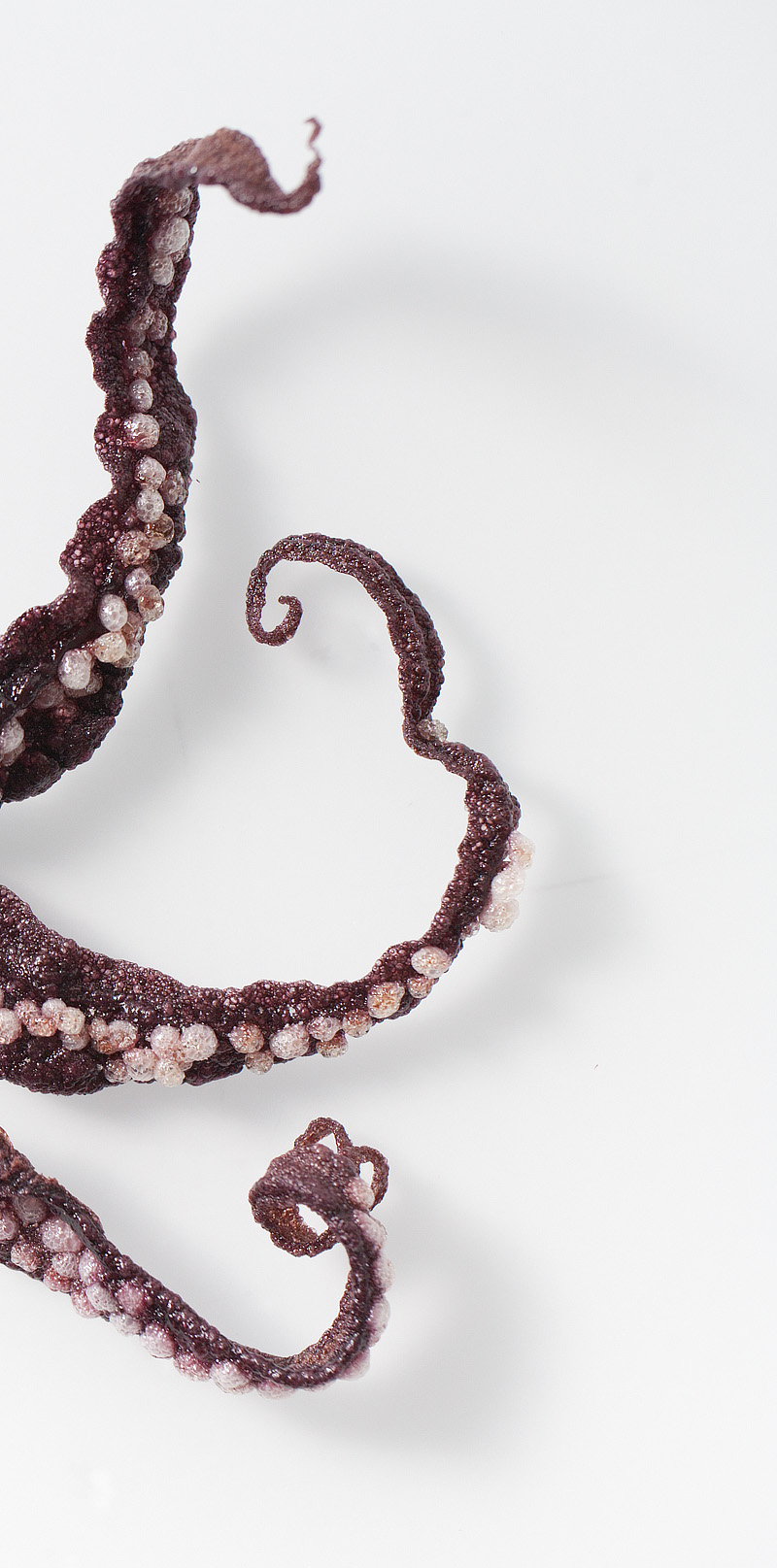Recipe 1681 in the elBulli 2010-2011 catalogue caught my eye not only because it was visually-striking, but also because I thought “Oh cool, those guys figured out how to puff an octopus tentacle. That seems pretty cool.”
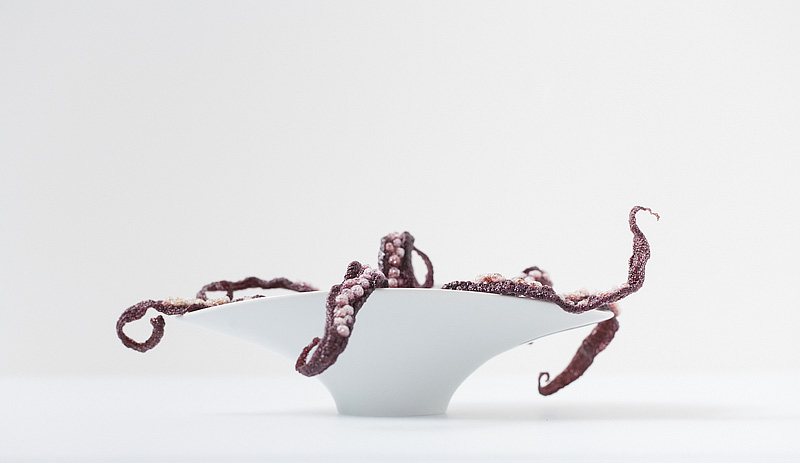
Puffing foods has been interesting to me since I first learned how to do it back for Alinea’s Idiazábal, Blis Maple Syrup, Smoked Salt dish. Cooking Issues offers a pretty classic yet still super-useful explanation about how/why puffed things puff; the short answer is that you can puff things that are either gelatinous or starchy. To make a puffed octopus snack, I figured elBulli cooked the hell out of some octopus tentacles, dehydrated them to a firm plastic, then fried them in hot oil until they puffed.
Turns out, this is not what they did at all.
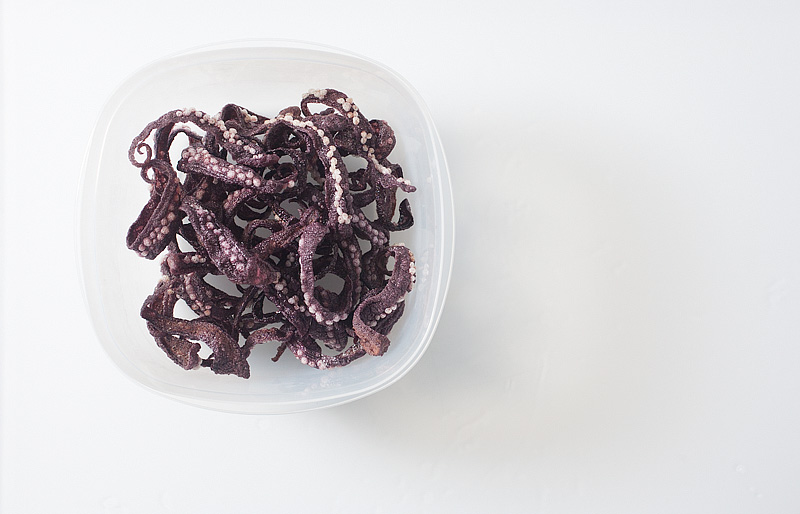
The recipe starts not with octopus, but with dried purple corn. It specifically calls for ears of purple corn, but I found bags of dried corn kernels on Amazon.
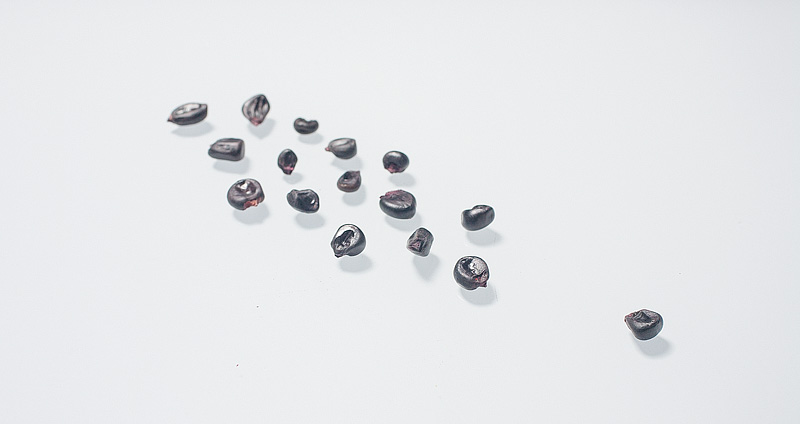
The kernels were cooked in water for a few hours…then discarded. I’m not actually interested in the kernels themselves; I wanted instead to make a very flavorful, very, very purple corn stock.

In this stock, I cooked a bit of plain white rice. Cooked the shit out of it, actually. The rice was simmered in the corn stock until it was just barely holding together. Cooking it (or overcooking it, rather) allowed all the starch in the rice to fully gelatinize. It also allowed the deep wine-like color of the stock to fully permeate the rice, coloring it a deep purple hue.
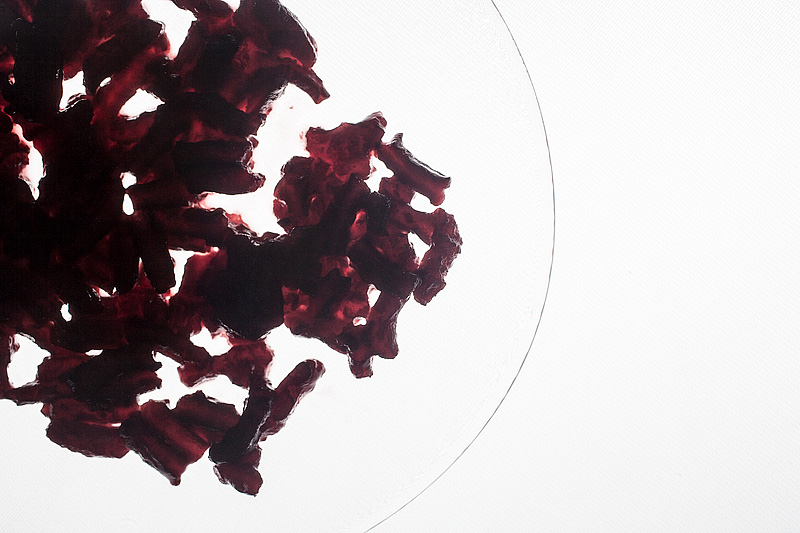
After straining and draining the rice, I pureed it in my blender until I had a thick gelatinous rice puree.
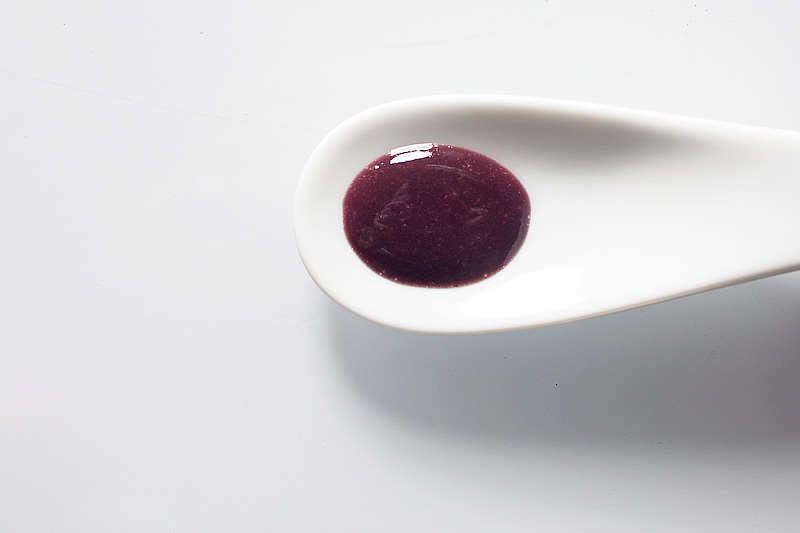
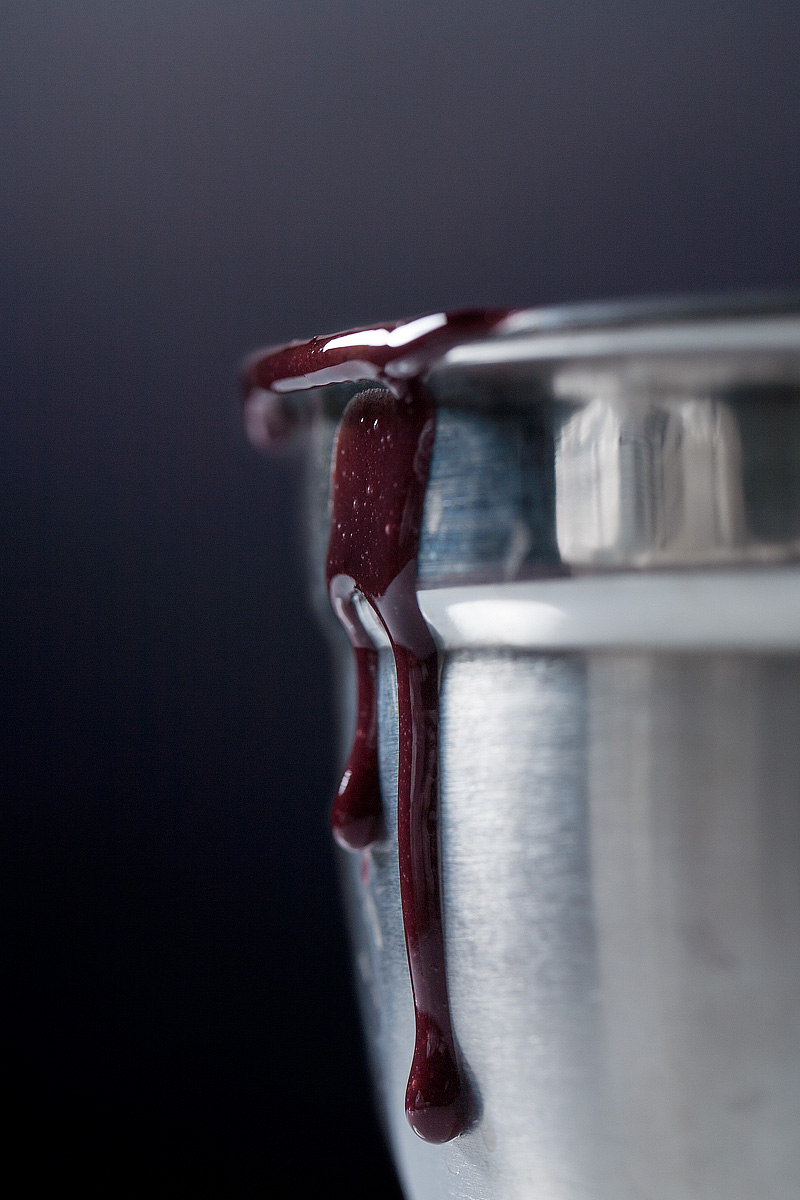
I set this puree aside to let it cool, then worked on cooking some pearl tapioca. I simmered the tapioca spheres in water until it looked like they dissolved, except they hadn’t…they just turned translucent as they hydrated.
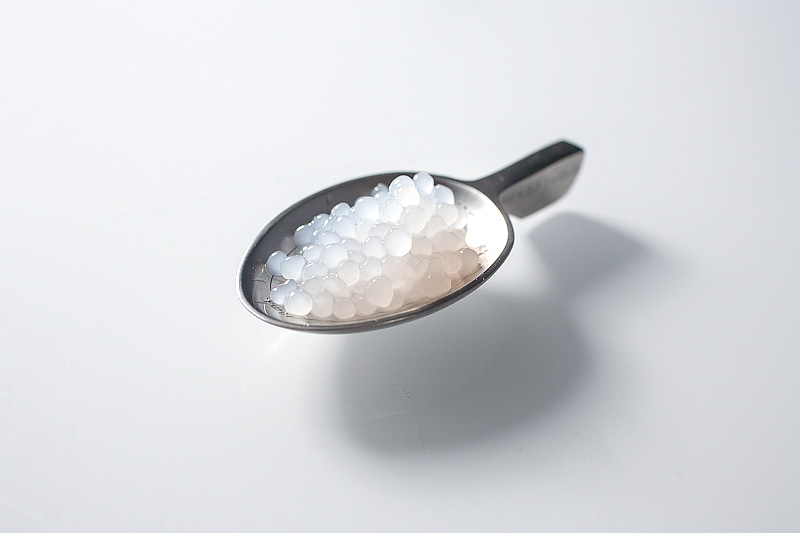
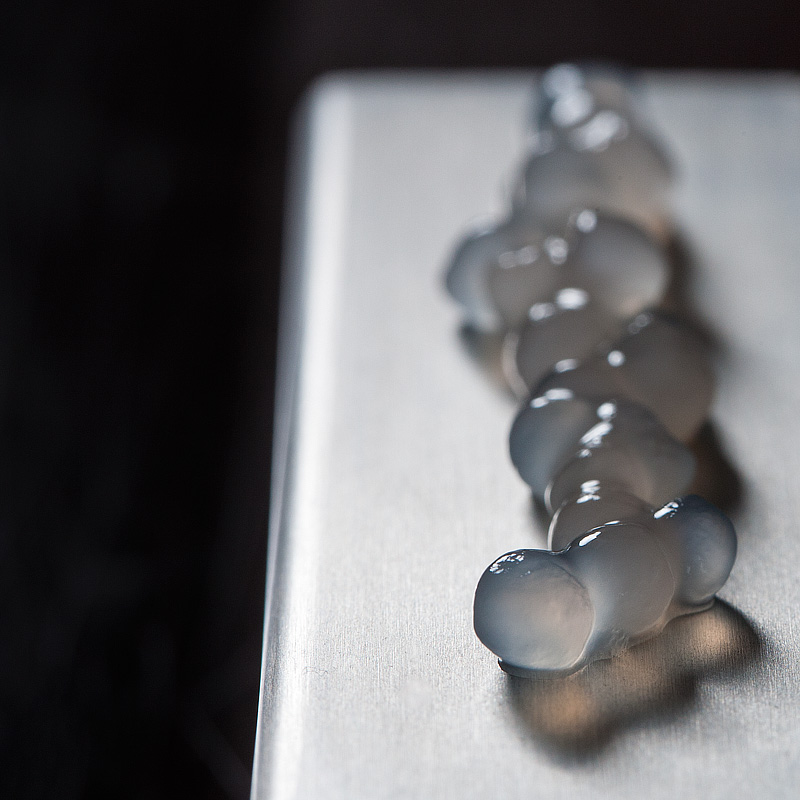
So, now I’ve got two fully-gelatinized starches. You can probably already see where we’re going with this, right?
Once fully cooked, I rinsed the tapioca pearls with cool water, then prepared a dehydrator tray with a nonstick sheet. Using piping bags, I first piped a tapered line of the rice puree onto the sheet, then a line of the tapioca pearls. These were left to dehydrate at 40C until they reached a plasticy, Shrinky-Dink-like consistency.
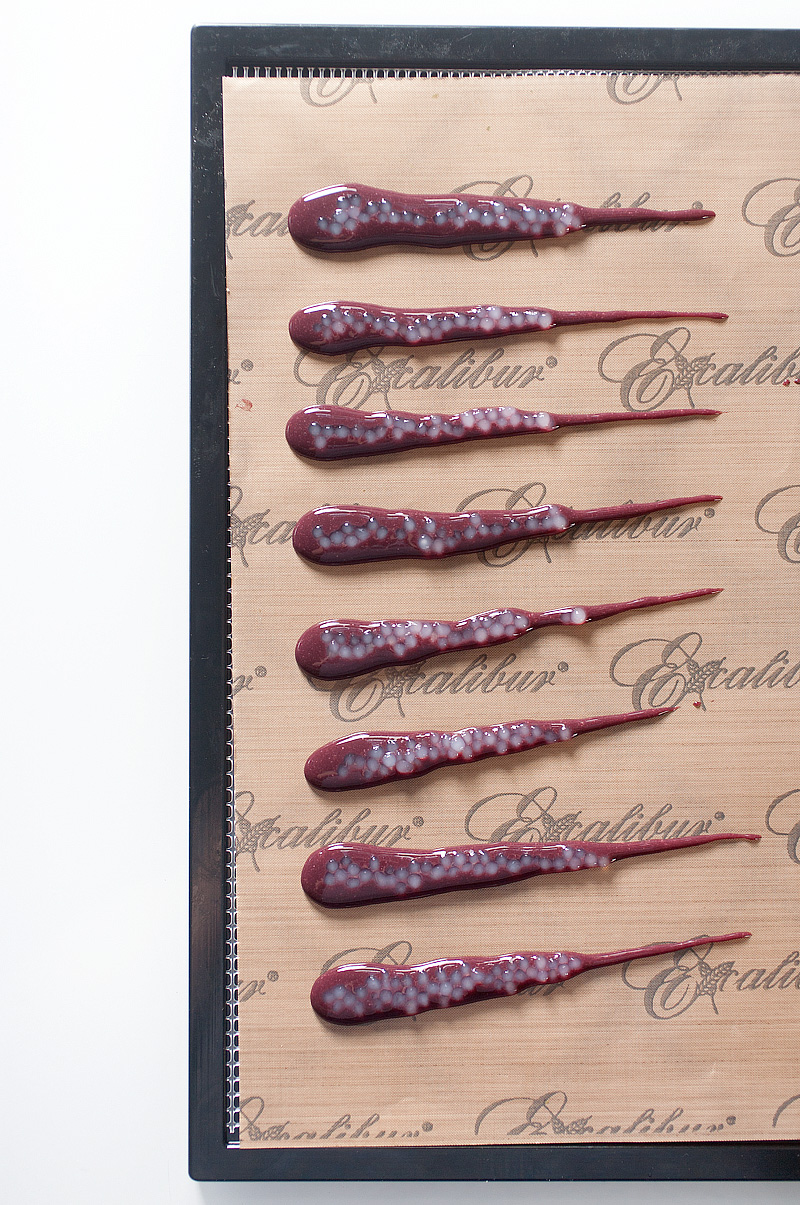
While these were dehydrating, I worked on making a thickened kimchee paste. The recipe in elBulli itself calls for “kimchee sauce”, which is readily available from the Korean groceries in Oakland here (in dizzying variety, in fact). But, having never made my own kimchee paste, I decided to take the opportunity to learn a bit about it. There are many types of kimchee recipes in Korea, most of which involve a fermentation stage in which vegetables are packages with chilis and spices and allowed to age for months or even years before consumption. A quick Google search for kimchee paste recipes turns up heaps of results. Distilling these down to some common ingredients, I found that most American kimchee pastes involve red chili, fish sauce, ginger, brined shrimp, onion, salt, and sugar. Using these guidelines, I came up with my own paste that I then mixed with soy sauce, sesame, and xanthan gum to yield a thick paste with a nice balance of spice, depth, and complexity.
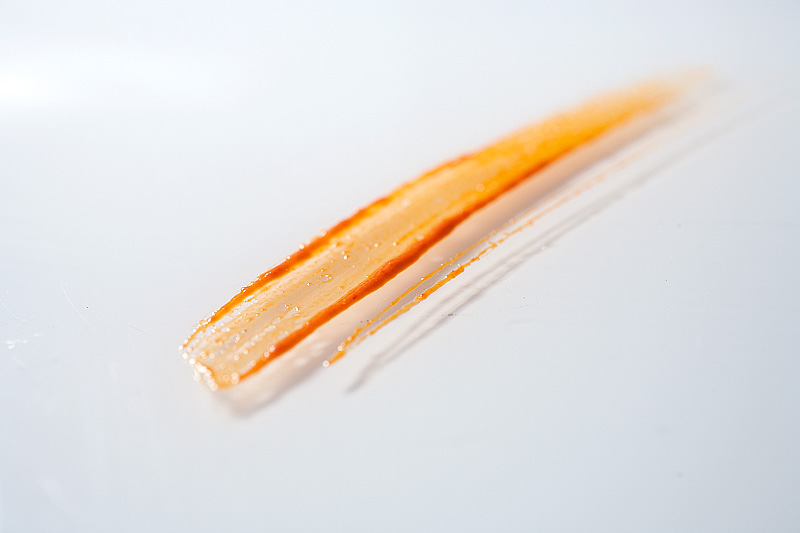
Once the rice puree/tapioca “streaks” were dried, they looked a little odd. They were mostly brittle, with very little bendable elasticity; Cooking Issues says they should feel like a firm plastic, not entirely unlike uncooked pasta but with a bit more flexibility. Ideally, I’m aiming for about 15% water content, but it’s difficult to estimate this exactly.
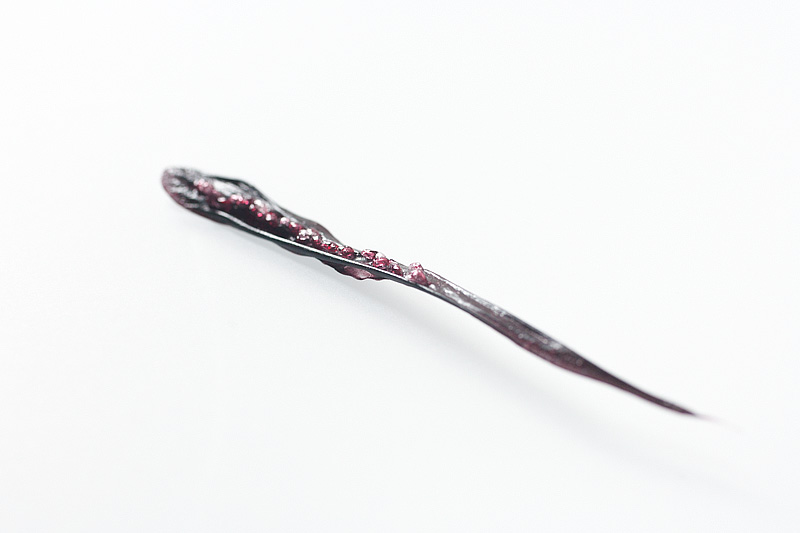
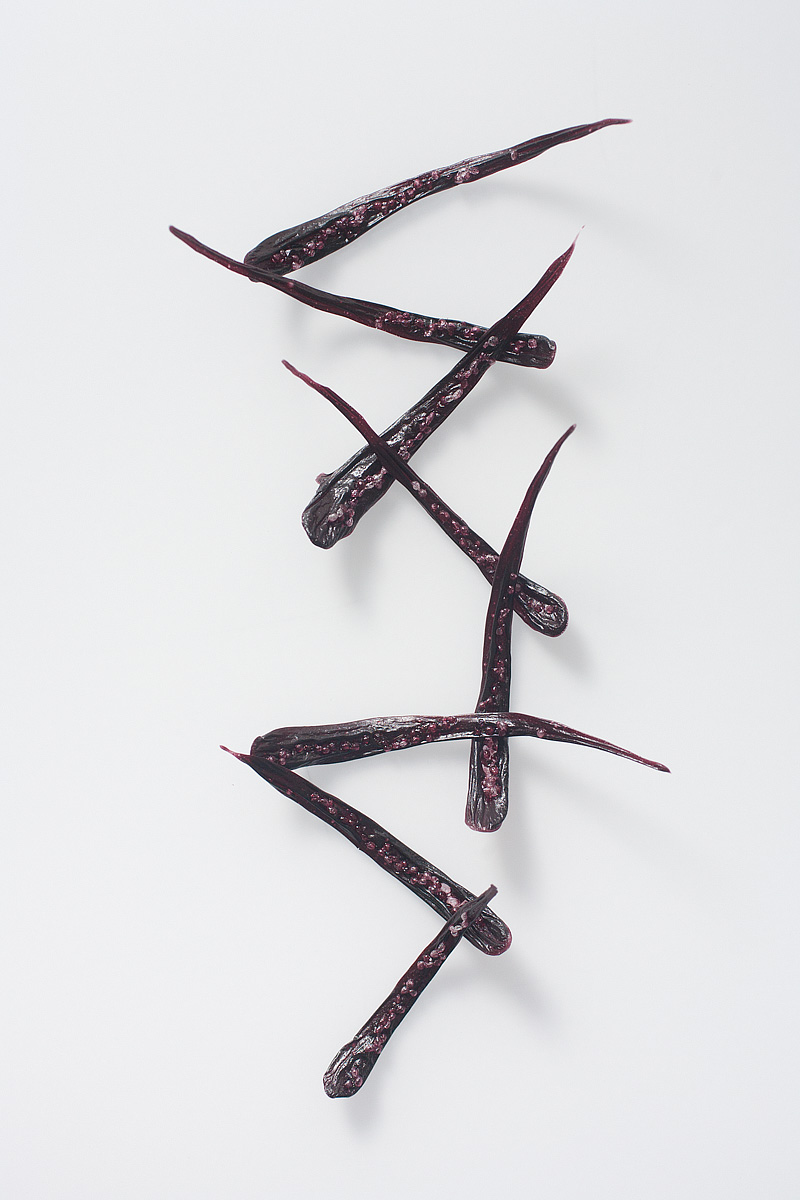
The real way to test these things is to try dropping them into hot oil. elBulli’s recipe directs me to heat some olive oil to 180C (350F), then drop the tentacles into the oil until they puff. I found, however, that this temperature was a bit too low (or my water content was a bit too low). The legs didn’t really puff or curl very well at this temperature. So I raised it gradually in 10-degree increments until the legs puffed much more explosively. You can tell what a difference this makes; the hotter temperature yields ‘tentacles’ that are much larger and much airier.
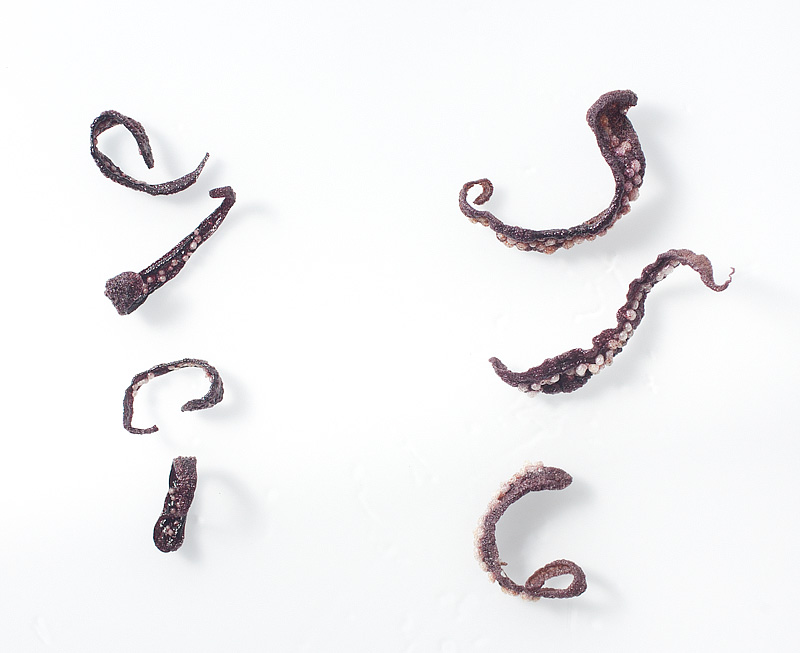
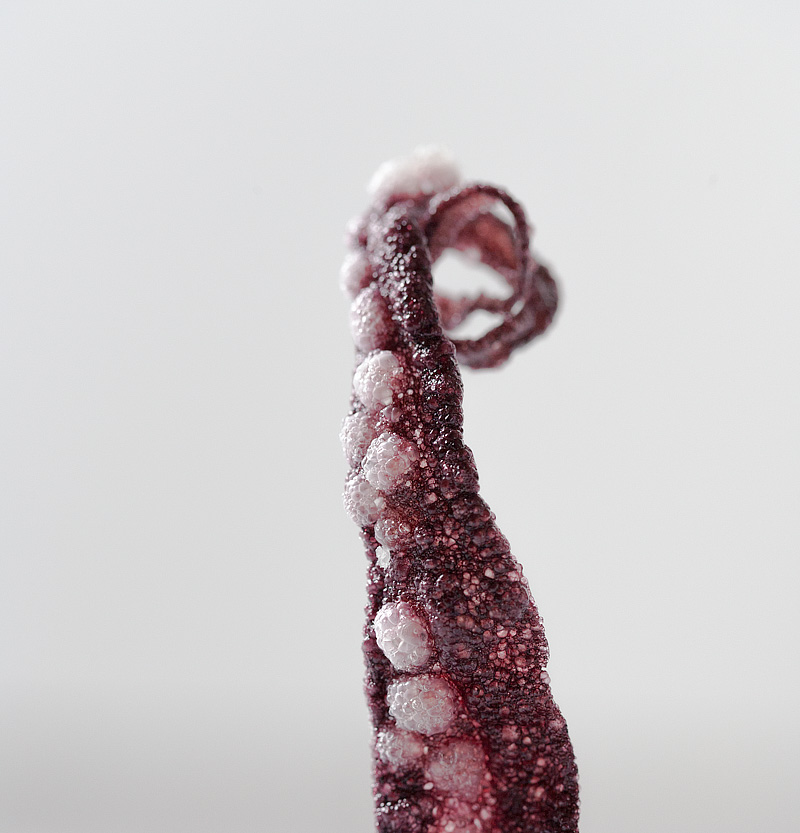
The tentacles are seasoned with salt and then brushed lightly with the kimchee paste, and served as a little pre-dinner snack. While their resemblance to octopus is pretty reasonable, they taste nothing like it. The flavor is more like a very light corn/nutty taste, with the subtle kiss of brine/sea/chili from the kimchee paste. They reminded Sarah and I of this exciting circa-90’s snack:
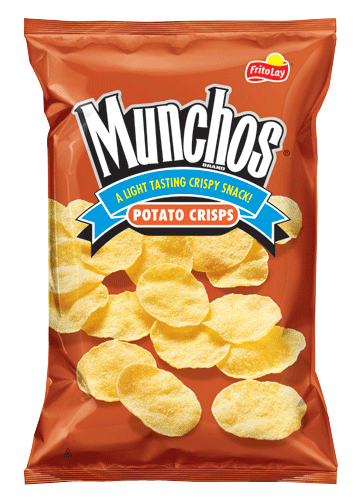
except, you know, more octopus-y.
